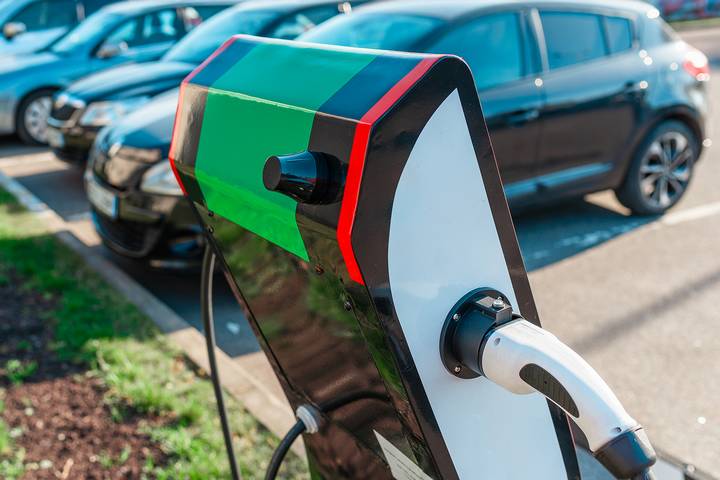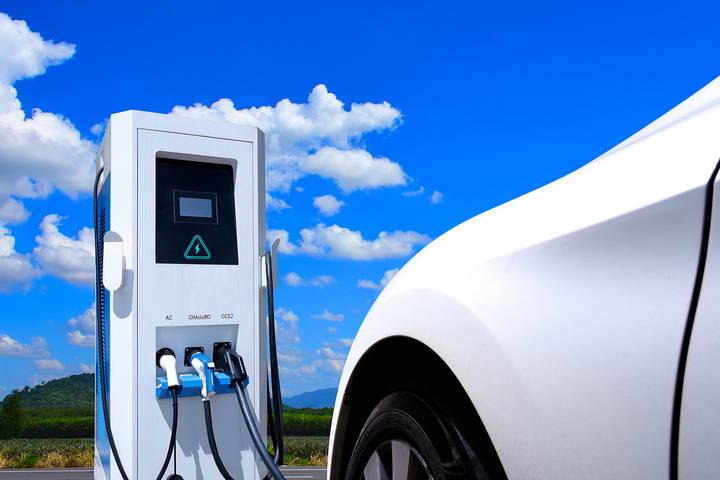The electric vehicle industry has grown year-over-year for over a decade, with sales and interest worldwide having exploded. Even with supply chain disruptions slowing production, high commodity prices increasing costs, and economic and geopolitical issues causing uncertainty, EV stakeholders still see record-setting growth.
Here are some of the biggest EV trends demonstrating how this growth is taking place. Learn what what to expect in the years ahead for electric vehicle companies and drivers alike.
EV Trend #1: More than 10 million EVs sold worldwide in a single year in 2022.

For the first time, in 2022, EV sales crossed the 10 million threshold within a single year. To give some context to how much that is, the entire European Union buys 9.5 million vehicles every year. It is a massive amount, especially when considering how annual sales were at 1 million units only in 2017.
Along with more vehicles, the entire industry is booming. You may notice the rise of commercial EV charging stations in a city near you, indicating long-term growth. These vehicles are here to stay for the future.
EV Trend #2: Tesla dominates the EV market in north america with 37% market share.

Tesla is the biggest name in the EV game, taking up over a third of the market share. That said, there are a half-dozen car manufacturers with significant momentum in their EV sales, including Hyundai, Ford, BMW, Kia, Volvo, and Chevrolet.
EV Trend #3: Electric car market share is only set to grow in the years to come.

In 2022, total car sales fell by 3% relative to the prior year. However, Electric car sales worldwide rose by 55% during that period. The result is a growth in the total annual car sales market share of electric vehicles to 14%.
EV Trend #4: Canada-only EV revenues will grow to us $7.1 billion in 2023

Every year, electric vehicle sales have increased in Canada with no signs of slowing down. By year’s end, Canada-only EV sales will rise to approximately US $7.1 billion. The annual growth rate of the Canada EV market is 15.5%, resulting in a projected market volume of US $14.7 billion by 2028.
EV Trend #5: China is the country buying the most EVs in the world.

Most EV sales growth in EVs occurs in China, where 2023 annual revenues are expected to reach US $292 billion. This is due to their government offering extremely favourable EV subsidies, increasing mini-electric vehicle availability, and more affordable electric vehicle brands arriving in the Chinese market.
EV Trend #6: Government support is the primary factor motivating EV adoption.

EV trends show that areas like China are experiencing record growth due to government support for more than any other reason. Federal governments that put forth purchase incentives commit to the rapid roll-out of charging infrastructure and subsequently guide stringent regulations on non-electric cars are seeing the most interest in electric vehicles.
EV Trend #7: Plug-in hybrid electric vehicles are becoming less popular.

In 2016, EV sales were split fairly evenly between battery and plug-in hybrid vehicles. While hybrids are still seeing growth year-over-year, they are far less popular than pure electric vehicles, which have exploded in popularity. That said, in Europe, hybrids are still preferred over battery-electric models.
EV Trend #8: Non-developed nations do not have reliable access to EVs.

Nearly all electric vehicle sales – at 95% – come from China, Europe, and the United States. The world has not seen the same interest in electric vehicles. This is due to a lack of government support, lack of awareness, lack of affordable electric vehicles, and a lack of EV charging stations and similar infrastructure.
EV Trend #9: EV market expansion has increased to its pre-pandemic pace.

The electric vehicle market has seen a robust recovery following the COVID-19 pandemic. More than 26 million electric cars were on the road in 2022, up 60% from the previous year. Car manufacturers can not keep up production with the demand for EVs.
EV Trend #10: There are production challenges with no clear answer as of yet.

The high demand for EVs is somewhat of an issue for manufacturers, as trying to keep up with delivery schedules is a continual challenge. Supply chain bottlenecks are still being handled. Raw material costs have increased in price as well.
Though it’s not a bad problem to have by no standard, the difficulty in delivering EVs quickly and efficiently while lowering total costs to bring in more customers will be the industry’s biggest issue over the remainder of the decade.
EV Trend #11: EVs help regions meet emission targets and clear air pollution.

Electric vehicle sales are aiding countries and regions, from China to Europe, to achieve CO2 emission standard targets, reduce air pollution, and fight climate change ahead of schedule. More than anywhere, it is a major motivator in China to address key air pollution regions.
The government is aware of this, helping spur growth and promote EV adoption in a big way. Every country in the world has the potential to meet their emission targets climate change targets, and improve air pollution in the same way.













